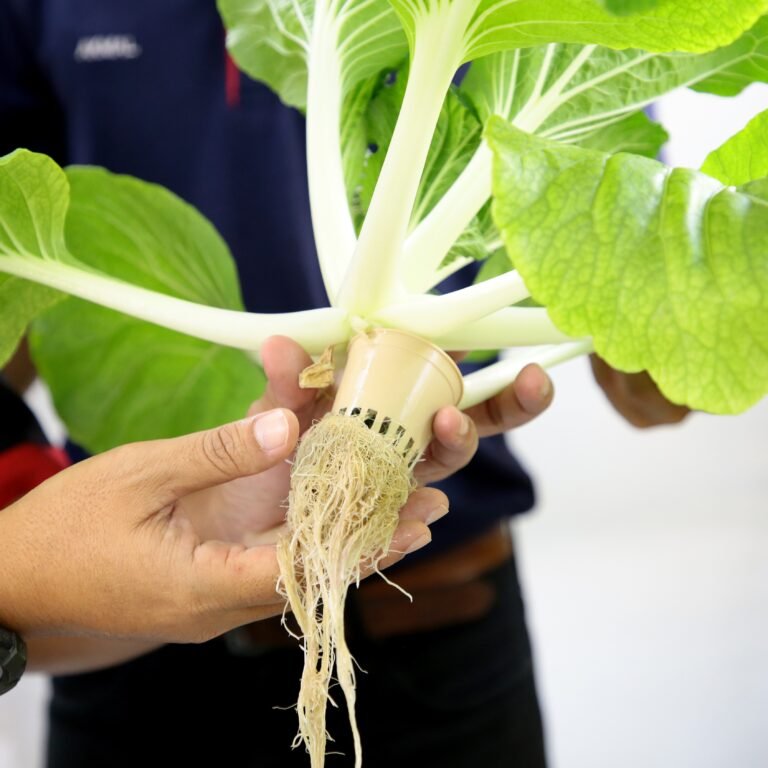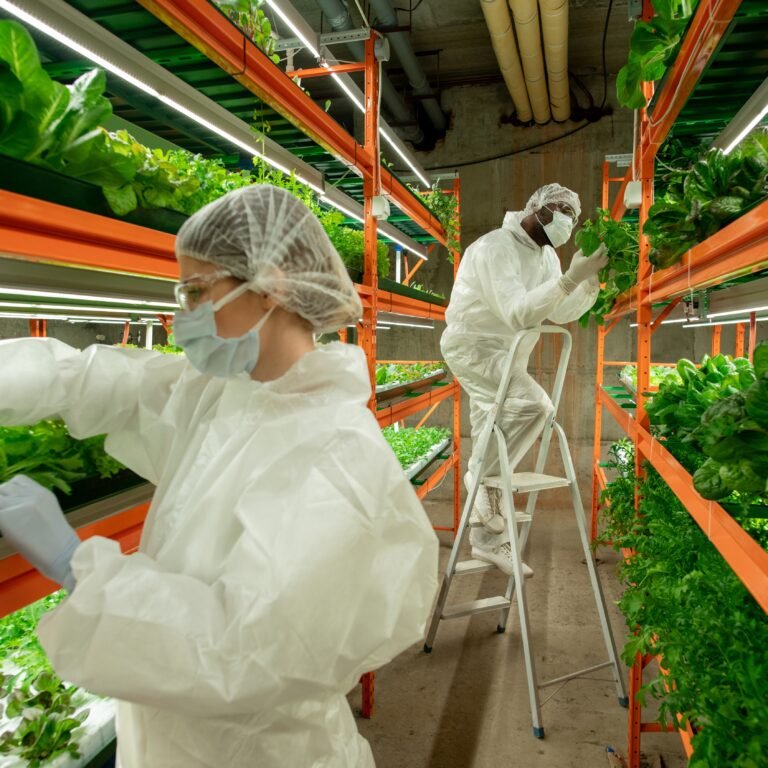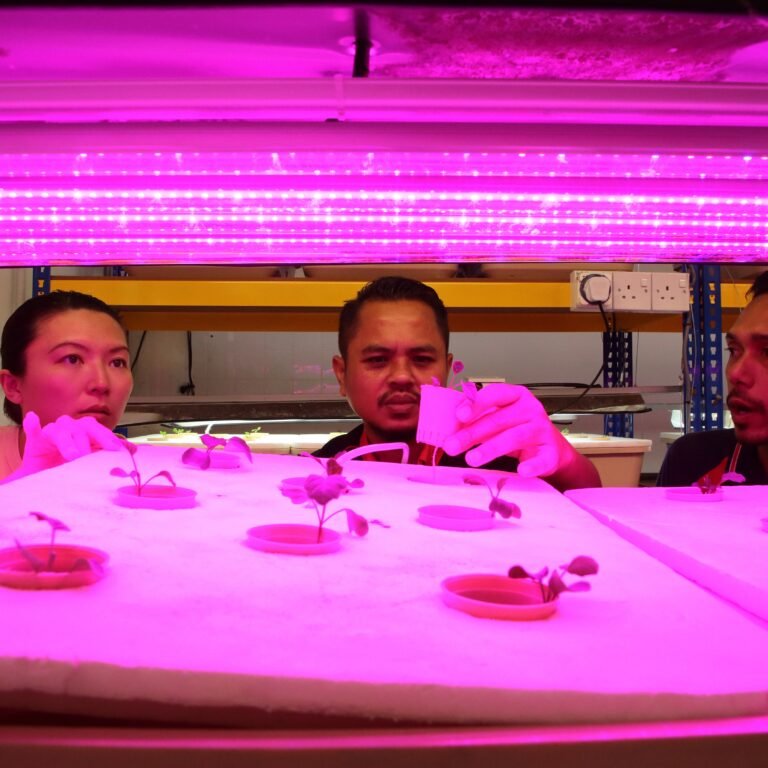Welcome to the Future of Farming
Imagine a world where food is grown in the most sustainable and efficient way possible. A world where agriculture is not only about feeding the population but also about healing the planet. This is the vision of regenerative vertical farming, a revolutionary system that rises to the potential of where humans dare to grow next.
In regenerative vertical farming, crops are grown indoors, stacked in vertical towers, utilizing advanced technologies such as hydroponics and aeroponics. This innovative approach allows for year-round cultivation, regardless of weather conditions, and eliminates the need for harmful pesticides and herbicides. By optimizing resources such as water, energy, and space, regenerative vertical farming offers a solution to some of the greatest challenges facing traditional agriculture.
The Benefits of Regenerative Vertical Farming
Transitioning to regenerative vertical farming has numerous advantages. First and foremost, it enables us to grow food in urban environments, bringing fresh produce closer to consumers and reducing the carbon footprint associated with long-distance transportation. This accessibility can help address issues of food security and reduce reliance on imports.
In addition, regenerative vertical farming minimizes water usage by recycling and reusing irrigation water. This closed-loop system not only conserves water but also significantly reduces the pollution caused by traditional farming practices that contaminate water bodies with chemicals. Furthermore, by using energy-efficient LED lights and automation systems, the energy consumption in regenerative vertical farms can be greatly reduced, making it a sustainable alternative to conventional agriculture.
Agriculture that Heals the Planet
Regenerative vertical farming goes beyond just producing food; it has the potential to heal the planet. By eliminating the need for synthetic fertilizers and pesticides, this system creates healthier ecosystems and protects biodiversity. With the ability to grow crops vertically, we can save vast amounts of land that would otherwise be used for agriculture, allowing nature to flourish.
Furthermore, regenerative vertical farming presents an exciting opportunity for carbon sequestration. Plants naturally capture carbon dioxide from the atmosphere during photosynthesis, and by growing crops in large quantities, we can potentially mitigate the effects of climate change. This is a powerful tool in our fight against global warming and offers hope for a greener and more sustainable future.




